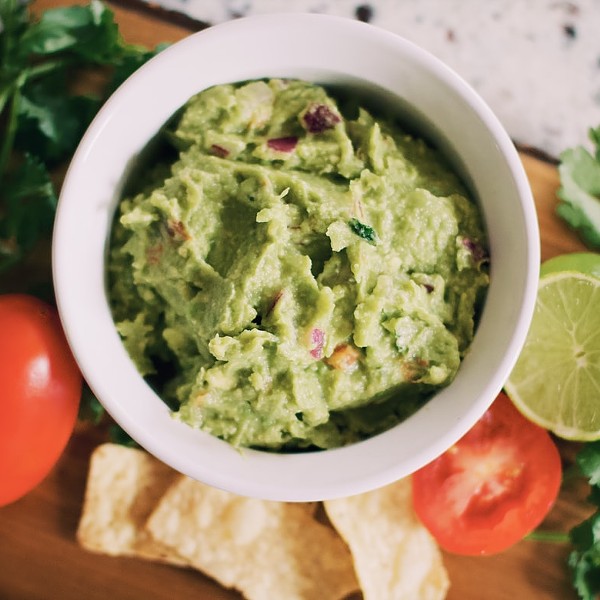It’s October. The fresh peaches of summer are sweet history, the farmers’ markets are closed, and autumn is here to remind us that this is a season of change. There are modifications to our wardrobe, adjustments to the darkness that greets us in the waking hours, and variations in our daily routines. The cooler temperatures push us indoors, hungry for books and crafts and other notably sedentary activities, preferably in front of a warm fire.
We also need a bit of added insulation with the drop in the thermometer. For many of us, the extra layers may not be sweaters and scarves but unwanted pounds acquired from creamy noodle kugels, pot roasts, comfort desserts, and other calorie-rich foods. Gone are the salads plucked from the backyard vegetable garden and emerald stalks of broccoli for a couple dollars.
With the seasonal decline of affordable and appealing produce, it’s natural that the contents of our shopping bags and menus have shifted. We load up on grains and proteins, not fresh salads and tree-ripened fruit, and then cover them with butter, cheese, or gravy.
Seasonal Eating
There’s a reason we are drawn to different foods with the passing of seasons. Holly Anne Shelowitz, a certified nutrition counselor at Nourishing Wisdom in Stone Ridge, explains: “It’s part of our evolution for our diet to change when the season changes. In winter, cravings kick up for heavier foods like sweets and comfort foods. Appetites increase and our bodies want to be warm and satisfied. Our bodies strive for balance, so it’s unlikely we will crave watermelon and things that have natural rhythms in warm weather. It’s why a steaming bowl of oatmeal sounds so appealing in the colder weather.”
Ellie Wilson, senior nutritionist at Price Chopper in Schenectady, notes, “We wouldn’t make a turkey dinner in July, but we don’t think twice about it in December.” Wilson is quick with a tip on how to lighten the load when the season turns cold and dark. “I continue to cook familiar dishes, albeit heavier foods, yet make them higher in fiber. Stop peeling your potatoes before you put them in the stew. Consider using other vegetables like parsnips and sweet potatoes. The variety offers people different flavors, more fiber, and a nutrient bang for their buck.”
Soups and stews are winter’s answer to lots of things. They are warming, satisfying, and can be the ultimate vehicle for vegetables. If you are not a raving fan of vegetables, pile them into your favorite bean soup, add a spin from the hand blender, and voila! You’ll never know what’s hidden in that bowl. Open a package of frozen broccoli and dump it into your crockpot creation. No washing, no chopping, no fuss.
Wilson acknowledges, “For some, the inclination to cook during the winter declines. Sticking chapped hands under cold water to wash a bunch of kale is not enticing. And for people who feel like they have less time to plan and prepare meals, I tell them to use frozen veggies to augment already prepared foods. There are some brands of prepared soups that are low in sodium, like Imagine or Amy’s, which are a great place to start. Add some frozen spinach to the soup and a slice of whole-grain bread, and you have a light meal, but still warm winter food.”
Filling in for Light, Air, and Movement
Still hankering for starchy, cheesy, or sweet stuff? Is it the call of our wild side to store fat over the winter and hunker down in a cavelike condo? Or are our stomachs weak to temptations of buttery, crusty scents? It’s probably both. Unconsciously we may feel the evolutionary pull to stock up on calories for winter, and therefore give our desire for tasty comfort foods a little more leeway.
Our cravings for mashed potatoes, steak, and cinnamon rolls may contain a nugget of insight. Shelowitz swears that there is a form of body intelligence in those cravings. She says, “Carbohydrates and fat provide warmth in the body. So there is wisdom in those cravings. But it’s not about eating white bread, French fries, and doughnuts.” She attributes these food desires to the reduced exposure to the outdoors.
Winter, says Shelowitz, “is a time of year when people are not so physically active. We are indoors more and not getting as much sunlight and fresh air. Sun and fresh air are energizing to the body. When we are not receiving that natural form of energy, the body craves other ways of getting it [enter glazed doughnut and mocha]. Of course, carbohydrates provide the exact opposite type of energy. You might get an initial buzz, like with sugar, but eventually there is low energy or a letdown. Ultimately, it won’t be very satisfying—and that’s why people continue to crave them.”
















